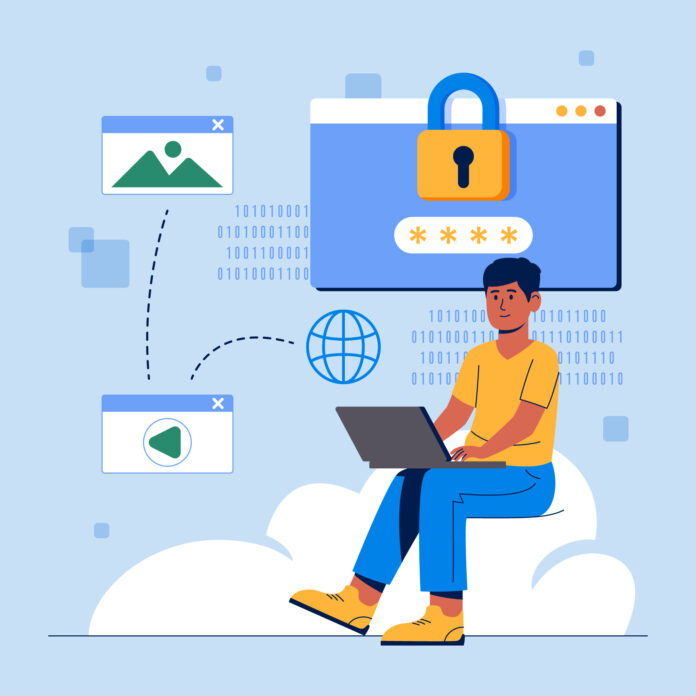In today’s digital era, internet security is paramount. With cyber threats on the rise and personal data at risk, safeguarding your accounts and sensitive information with more than just simple passwords is essential. Two-factor authentication (2FA) emerges as one of the most effective ways to enhance security.
Understanding Two-Factor Authentication:
Two-factor authentication requires users to provide two different authentication factors to access an account or system. These factors typically fall into three categories:
– Something You Know:This is your conventional PIN or password, known only to you.
– Something You Have:This could be a physical object like a hardware token, smart card, or smartphone, which generates one-time codes.
– Something You Are: Biometrics such as retinal scans, facial recognition, and fingerprint scans, relying on unique physical or behavioral traits.

The Importance of Two-Factor Authentication:
– Enhanced Security:2FA adds an extra layer of security, even if someone obtains your password. Access would still require the second authentication factor, significantly reducing the risk of unauthorized access.
– Mitigation of Password Vulnerabilities: Passwords are inherently weak. By requiring an additional factor for access, 2FA compensates for these weaknesses.
– Protection Against Phishing:Even if someone falls for a phishing scam and reveals their password, 2FA prevents unauthorized access by requiring the second factor.
– Securing Sensitive Information: Especially crucial for protecting sensitive data like bank accounts, medical records, and private correspondence, 2FA ensures that only authorized individuals can access this information.
– Business and Enterprise Security:Widely used by companies and organizations to protect their networks and confidential data, 2FA is a vital component of comprehensive cybersecurity plans, particularly for remote employees.
– Compliance Requirements: In many industries, compliance regulations mandate the use of 2FA to safeguard client data and uphold data security standards. Failure to implement 2FA can result in financial and legal consequences.
How to Implement Two-Factor Authentication:
Implementing 2FA is straightforward, as many online services and apps offer this feature. Here’s how to get started:
- Choose an Authentication Method: Select a second factor, such as a text message, hardware token, or software like Google Authenticator.
- Enable 2FA:Access the security settings on the relevant platform, log in to your account, and activate 2FA by following the provided setup instructions.
- Secure Your Backup Codes:In case you lose your second factor, backup codes are often provided with 2FA implementations. Keep these codes safe, but avoid storing them on the same device as your primary form of identification.
In an age of constant digital threats, securing your online presence is not just advisable but imperative. Fortunately, two-factor authentication provides a simple yet effective way to enhance your online security. By implementing 2FA wherever possible, you can enjoy the convenience of online services without compromising the security of your private and sensitive data. Remember, an additional layer of security can make all the difference in safeguarding your online presence.






